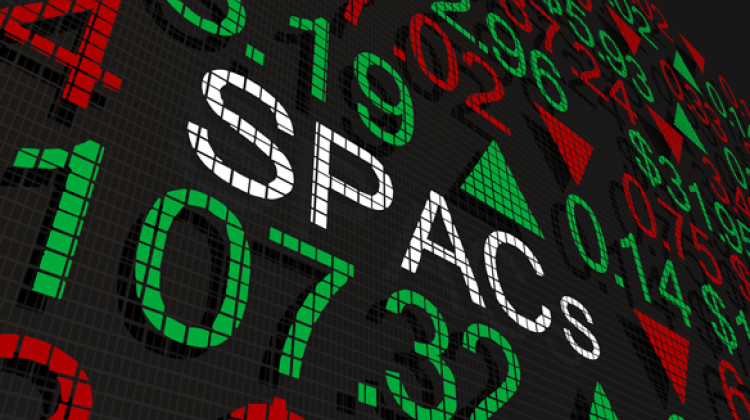
As Walmart-owned online retailer Flipkart mulls going public in the U.S. through a merger with a "blank-cheque company" discussions around special purpose acquisition company (SPAC) structures are heating up in India.
Flipkart’s advisers have approached several SPACs, and could seek a valuation of at least $35 billion, according to Bloomberg. But Mint reports a dip in valuations for Flipkart (six months ago the company had eyed an IPO at a valuation of $45-50 billion according to reports).
Regardless, Flipkart is hardly the only Indian company interested in launching a U.S. listing through a SPAC deal. Renewable energy firm ReNew Power has agreed to merge with a U.S.-listed SPAC resulting in an enterprise value of $8 billion, Bloomberg reports. Likewise, online grocer Grofers was apparently considering a SPAC deal in February.
Despite the buzz, businesses in India should do their homework before using a SPAC structure as the reality is complex, says Tanya Aggarwal, partner at S&R Associates.
“A direct outbound merger of an Indian operating company with a SPAC is not feasible under current regulations. While a swap of shares could be explored, the SPAC structure is most suited for Indian businesses that have externalized, i.e., have a foreign holding company,” Aggarwal explains.
The SPAC structure is “more efficient for providing liquidity to foreign (non-Indian) investors in an Indian business, as Indian exchange control regulations will restrict the ability of Indian investors to hold shares of an offshore company that has an underlying Indian asset,” she adds, noting, as a result, Indian exchange control and tax considerations will therefore need to be carefully evaluated.
Indian businesses will also need to be prepared to comply with stringent governance, accounting and disclosure norms applicable in the U.S., Aggarwal notes.
Still, there are a number of advantages from an Indian target/shareholder perspective, Aggarwal says, noting these include a faster timeline to listing versus a traditional IPO, higher certainty of transaction price and availability of funds in volatile markets, “which has been of particular relevance during the pandemic,” access to an offshore exchange and sophisticated investors that have a good understanding of the tech and energy sectors, and “flexibility in deal mechanics (such as put/call option arrangements).”
But despite all its bright spots, the structure includes a number of areas of risk, from “identity of SPAC investors to ensure that prior Indian government approval is not required for the de-SPAC transaction (current Indian foreign investment regulations require prior approval for investments from China (and other restricted countries) in all sectors without any specified ownership threshold),” to ensure an “alignment of interests with SPAC investors and lining up PIPE/supplementary financing in light of the risk of SPAC redemptions” and a general readiness for the U.S. regime, “compliance, financial projections being made public and threat of securities litigation,” among these.
Aggarwal says outside India, SPACs are not new, and their popularity has varied over time, but 2020 has seen an unprecedented spate of SPAC IPOs in the U.S., with London, Singapore and Hong Kong considering the introduction of the SPAC route to listing.
The rising popularity in India has also encouraged further interest.
“Since the ReNew announcement, there has been a spike in the number of queries from Indian businesses regarding the SPAC route. Despite there being concerns of a ‘bubble’, there is certainly heightened interest in SPACs at this point and given the amount of capital available, the momentum is likely to continue through 2021,” Aggarwal says.
Still, whether the trend in India continues to grow will depend on whether Indian companies are SPAC-ready in terms of legal and tax considerations as well as listing-related compliance, she notes.
“Given that the start-up listing platforms of the SEBI/stock exchanges have not gained much traction and the Indian government is yet to implement its 2020 Budget proposal of allowing a direct listing abroad, the SPAC route is likely to be an attractive option for Indian companies,” Aggarwal says.
To contact the editorial team, please email ALBEditor@thomsonreuters.com.

